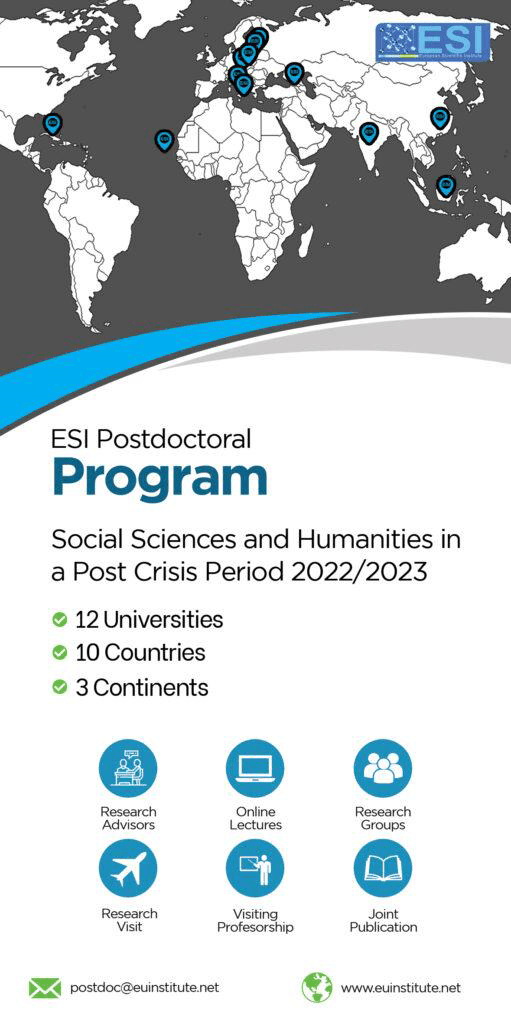THE MONASTERY OF ST. BENEDICT OF CÁSTRIS AS A SPACE OF ASSERTION AND POWER: FROM THE MYSTIC MARRIAGE TO MUSICAL PRAXIS 94
Abstract
The life in contemplative female communities was characterized by the ideal of purity fostered in the monasteries and based on the vows of chastity, poverty and obedience, reinforced by the cloistered life. Especially from the Council of Trent, in Portugal as in Europe, its compliance underlines the paradigms of virtue: the religious woman should be unique in patience, humility, mortification, piety and charity. In this environment, increasingly demanding since the late Middle Ages, betting on valorization of spirituality (based on prayer and silence, in asceticism and liberation of the soul), the leadership capacity of some nuns or, by the other side, the artist ical expressions of music, singing or writing, became specials, demonstrating the power or the creative liberation in the female monastic universe, as it happened in the Cistercian monastery of St. Benedict of Cástris (Évora, Portugal), whose peculiarities are presented here compared to other cloistered women houses.Downloads
Download data is not yet available.
Metrics
Metrics Loading ...
Published
2015-09-09
How to Cite
Conde, A. F., & Lalanda, M. S. N. (2015). THE MONASTERY OF ST. BENEDICT OF CÁSTRIS AS A SPACE OF ASSERTION AND POWER: FROM THE MYSTIC MARRIAGE TO MUSICAL PRAXIS 94. European Scientific Journal, ESJ, 11(10). Retrieved from https://eujournal.org/index.php/esj/article/view/6164
Section
Articles







